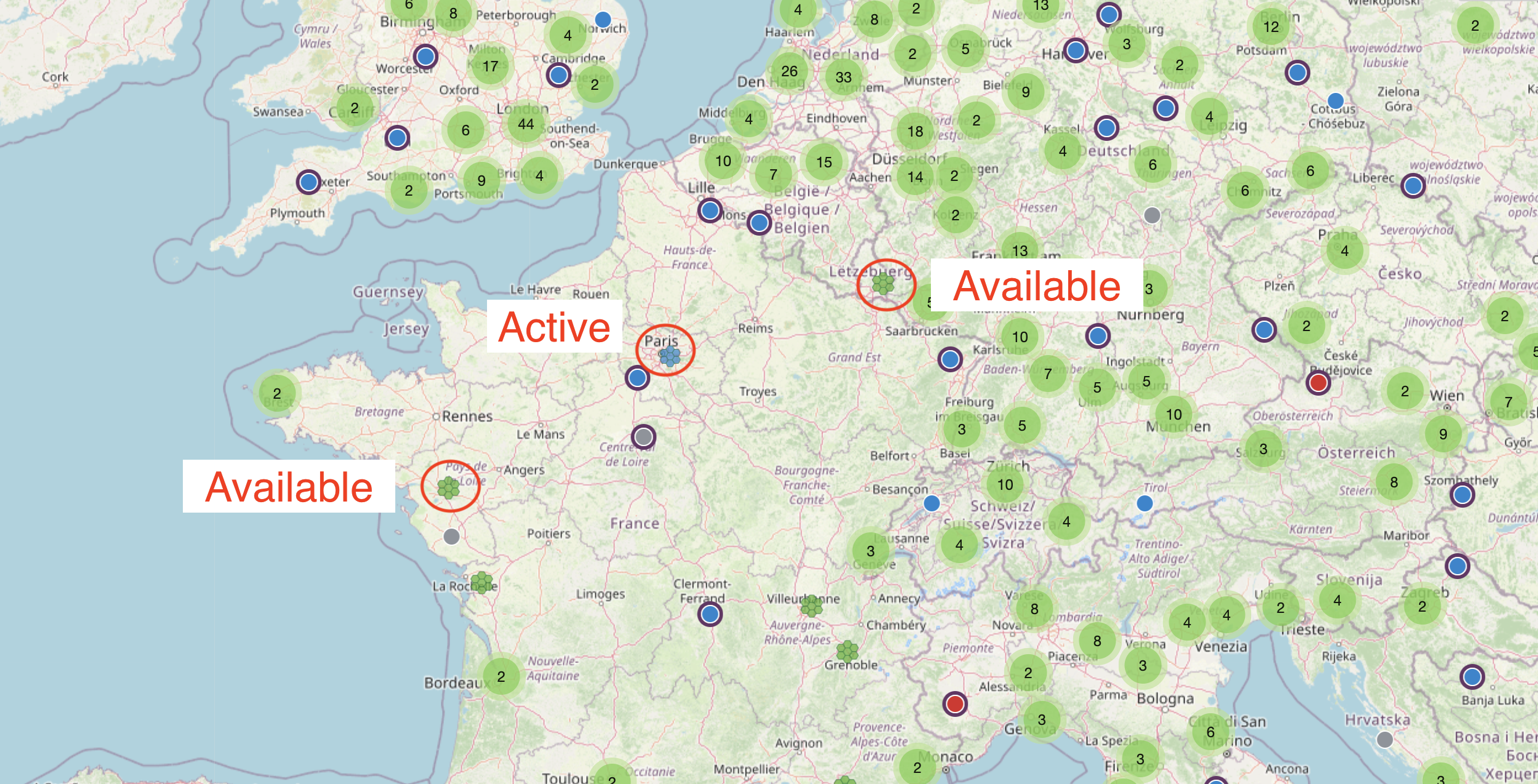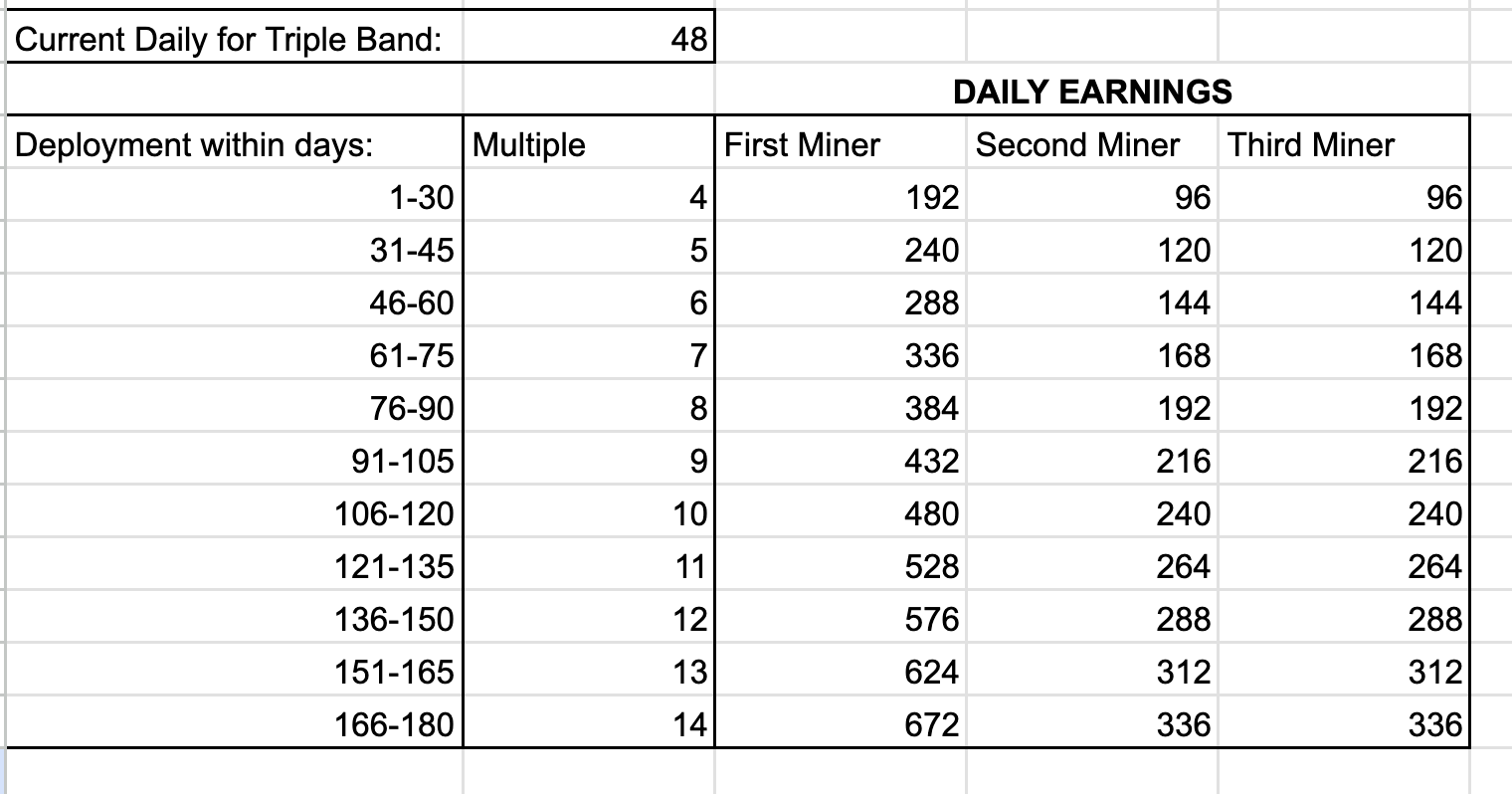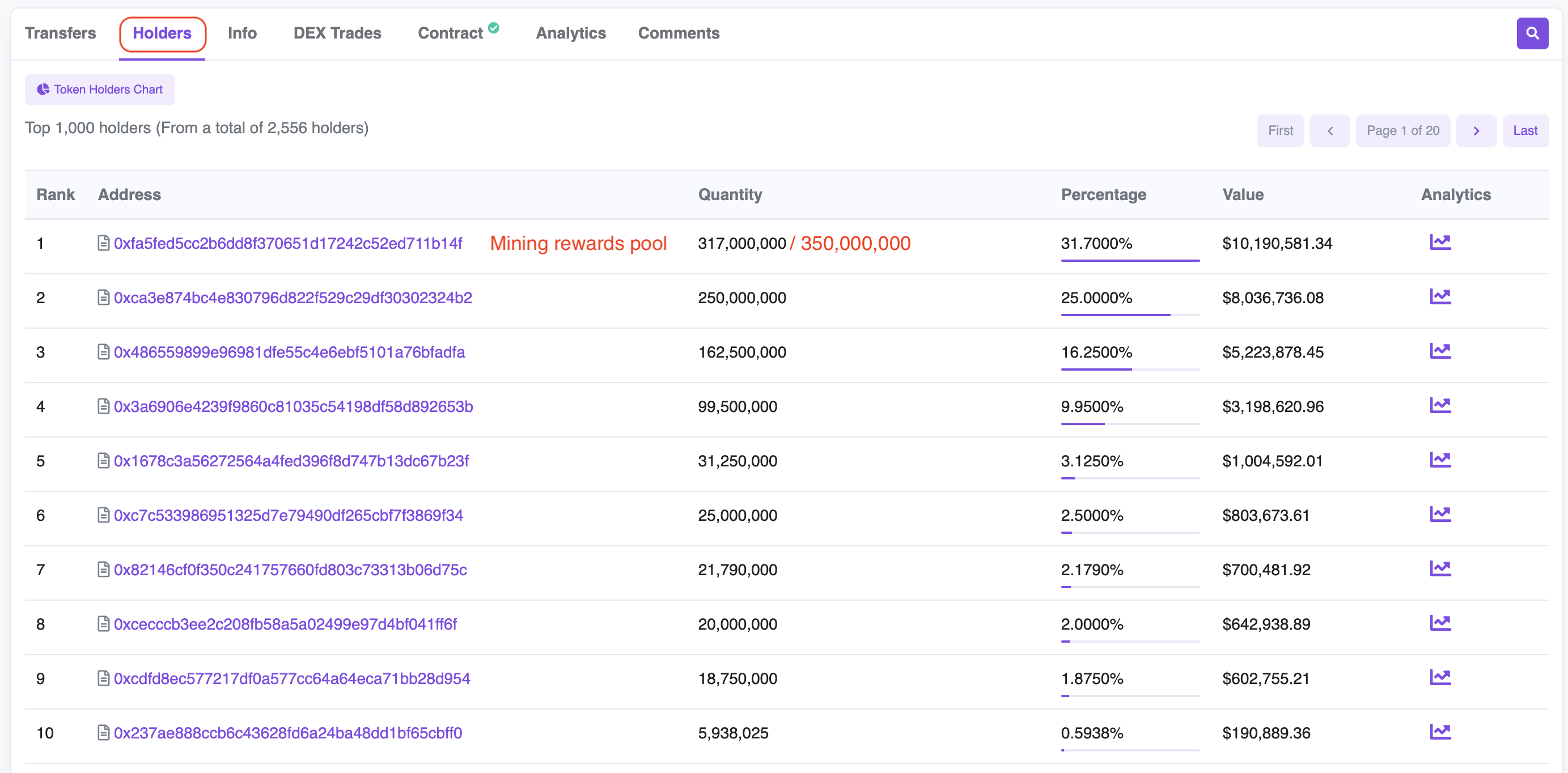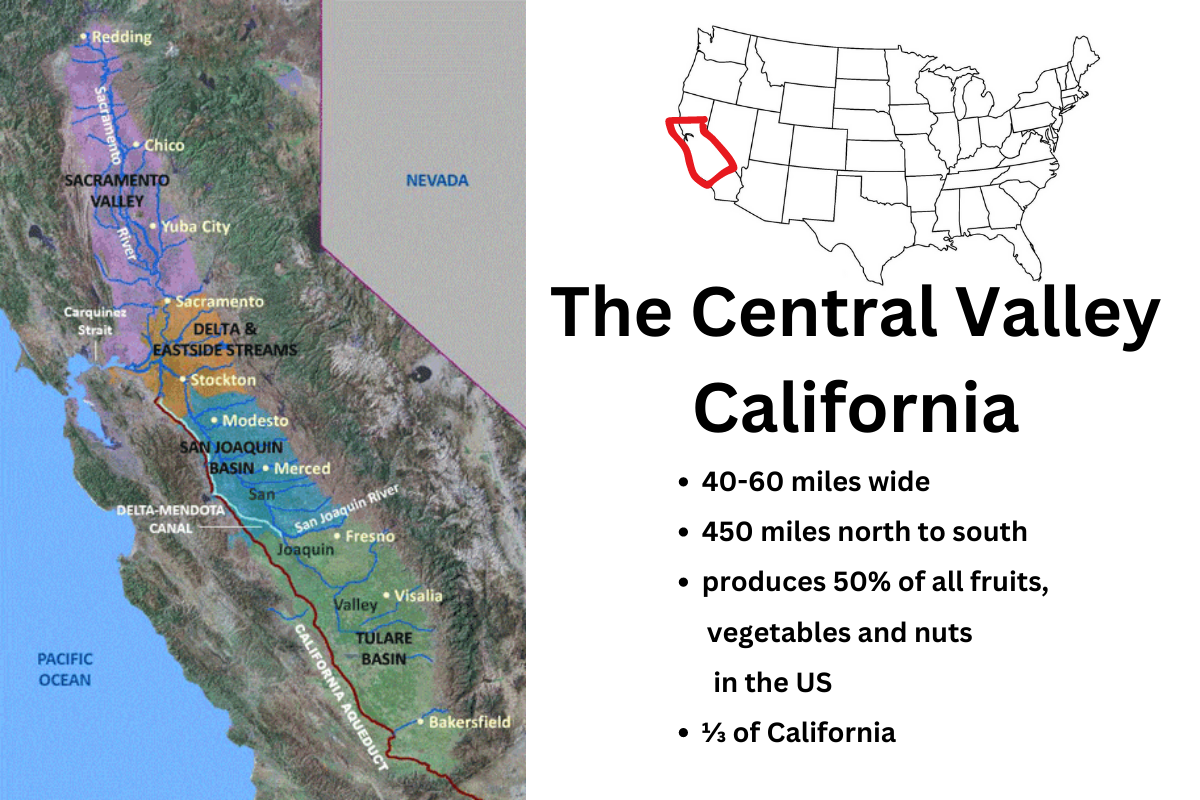How can you make the most of the new GEODNET staking program? Staking allows anyone to signal that they want a miner deployed in a certain area. Staking also offers larger rewards for both the staker and miners than a normal deployment. I’ll assume for now you know what GEODNET is; if not, hit this article first.
In very broad strokes, there are 3 entities involved: The staker, the miner, and the GEODNET Foundation. The staker puts up a stake (either partial or full) signaling that they want a miner deployed into a specific area. Miners who deploy into that area earn a multiple on their normal rewards. The GEODNET Foundation (at least for now, August 2023), reviews the proposed stakes to make sure a staked area is healthy for the network.
The GEODNET team has released details of the beta version of their staking program, which is the first of its kind as far as using staking to incentivize real world deployments as signaled by the network. Full disclosure: The original staking proposal was written by me and Max Gold over at Gold Hawks & Associates.

Stakes cover a SuperHex (the set of magenta hexes above), which is 7 res5 hexes in a rough circle shape. GEODNET uses the Uber H3 hexagonal mapping system. Each res5 hex is about 20 km from side to side and covers an area of 250 km². A single well-placed miner can adequately cover a full SuperHex, but for redundancy, up to 3 miners may be deployed into separate res5 hexes in the SuperHex and earn enhanced rewards.
So what do you need to stake? 50,000 GEOD tokens (current price here). You can earn tokens by mining, or you can buy them on any of the DEXs (Decentralized Exchanges) like 1inch, Uniswap, etc. There is no central exchange currently listing GEODNET, and currently liquidity is pretty low, so if your’e going to buy, buy carefully. As always, this is crypto. Crypto is ultra volatile, so do your own research and make your own decisions on where/how/if you should acquire GEOD tokens.
How does it work? You can Propose a full stake (provide all 50k tokens yourself) or start a partial stake in increments of 2,000 GEOD. Partial stakes create an Available SuperHex and must reach 50k GEOD within 30 days or the stake is returned. As of today, August 20th, all Proposed Stakes must be submitted to the Foundation manually. In the near future, proposing will be allowed once you are logged in with a verified GEODNET Console account.
Once a fully funded stake is proposed and approved by the Foundation, it is considered Active. There is a 180 day period for Active stakes, during which up to 3 miners can deploy into separate res5 hexs within the SuperHex staked region and earn reward multiples. If no miners have deployed within 180 days, the stake is returned without any additional tokens (no 10% bonus if nobody deploys).
If at least one miner is deployed into the staked region within 180 days of activation, the area is considered an Producing Superhex, and the staker will receive a 10% bonus on the staked amount 1 year after the first miner deploys.
Staking Terms
- Proposed SuperHex — A region proposed to the Foundation as a stake with any amount from 2k-50k. An accepted Proposed stake can create one of two SuperHex variants, “Available” or “Active”.
- Available SuperHex / (partial stake) — An accepted proposed stake with any amount from 2–48k. Lasts 30 days from first partial stake.
- Active Superhex / (full stake) — An accepted proposed stake with 50k. Lasts 180 days or until a miner deploys, whichever happens first.
- Producing SuperHex — SuperHex with at least one deployed miner earning the reward multiple
- Saturated SuperHex — SuperHex with 3 miners, each in their own res5 hex
The different stakes (Available or Active) will show up on the GEODNET Console map differently. Available is green, and Active is blue.

Miner Rewards
Ok, that’s cool Nik. What about the miners? What do we get? As soon as a stake is Active, the first miner deployed into any res5 hex in the SuperHex within the first 30 days will earn a 4X multiple on their mining rewards for one year from the time of the first deployment. Deployment will switch the SuperHex from Active to Producing. If you have a triple band miner (and you bloody well should, they’re the highest earning miners in GEODNET), that means as of August 2023 you’ll earn 48 x 4 = 192 GEOD tokens/day.
The second and third miners deployed into an empty res5 hex in the SuperHex are weighted equally for rewards: Each earn half of what the first miner earns. Once the third miner is deployed, the Superhex is considered Saturated. Any further miners deployed will earn the standard reward without any multiple.
After the first 30 days, the reward multiplier goes up by 1x and continues to go up by 1x every 15 days.

Ok, you have my attention, those rewards can get huge! But wait…where do these tokens come from? All GEODNET tokens come from a max supply of 1 billion tokens that are broken up in the following circle chart. You can see the full breakdown over on GEODNET’s token page. The mining rewards tokens come from the yellow Mining section (35%). The Staking rewards will be withdrawn from the red Ecosystem section, which is 10% of all tokens.

To put this in perspective, since the inception of the project used only 9% of the Mining tokens have been distributed and we’ve recently halved mining rewards. The project is in very good shape there as far as total emitted rewards vs total available. You can always check current amounts of tokens in any given wallet over on PolygonScan for GEODNET, clicking on the Holders tab.

Love all the token talk, but this is the real world. Can you give an example of how and why staking works in GEODNET?
Currently, GNSS systems are complicated and expensive, requiring significant investment ($5k is a normal starting price) to deploy. GEODNET vendors like Hyfix provide easy-to-set-up and cost effective (~$700) miners that anyone with electrical power, an internet connection, and a clear 360 degree view can deploy.
Typically, a GNSS company will pay highly skilled labor to deploy and maintain a GNSS base station in a specific area. This is expensive, time consuming, and centralizes where the profits go. As an alternative, GEODNET is a more decentralized project that allows anyone, whether they are a customer, miner or just an interested third party, to signal where coverage is needed, provide that coverage, and be rewarded for providing it. Cool, right?
Where and how would that coverage be used? Let’s take two examples: The Central Valley in California, and the country of France.
First we’ll do California. California is about 3/4s the size of France, and has at least one relatively small area, the Central Valley, which produces 25% of America’s fruits, nuts, and other food products. The Central Valley is about 20,000 sq miles, which sounds big, but it’s only 1% of all US farmland.

Agriculture is a straightforward use case for GNSS. Modern farmers use high accuracy techniques enabled by satellite navigation to maximize crop efficiency. Providing coverage to the Central Valley is exceptionally useful for GEODNET customers.
With staking, the Foundation or a customer or the community in general can stake areas in the Central Valley that currently have no miners. Staking an area signals to the entire network that “this place is important, you should deploy a miner here!” This type of staking is an excellent demonstration of leveraging decentralized decision making; we’re not relying on just one entity to decide where to deploy, we’re relying on the network itself signaling that.
Ok, so that’s agriculture. What about another example?
France is 213,000 sq miles; about ten times as big as the Central Valley. Each GEODNET miner can provide cm accuracy for about 120 square miles. To provide blanket coverage for France you’d need over 1,700 GEODNET miners. However…France doesn’t need perfect blanket coverage, but it does need wide coverage, especially in certain areas.
France is also notoriously difficult to penetrate with DePIN projects. For whatever reason, the French are resistant to earning crypto for deploying hardware. Staking rewards should help overcome that resistance and encourage deployment where coverage is needed.

Who might need coverage in France, and why? Perhaps a company who wants to monitor scooter use in a city to help governments understand how scooters are being used and whether or not they should be banned or otherwise limited. In this case, the company may not want to go about deploying base stations, and they may not need them permanently deployed, so staking offers a great opportunity to signal demand and get a return on tokens at the end of a year.
Another example is marking very precisely where land mines have been found so they can be disposed of. This is critical work though not always well funded, so a low cost highly accurate project like GEODNET is an excellent fit.
Ok, I’m ready to go! What do I need to know about deploying a GEODNET miner?
Every miner will need power and access to the internet. Miners use about 10–15 GB of data a month, though it’s spread out so you don’t a particularly fast internet connection; it’s more important that it’s stable. You’ll also need a clear 360 view of the sky all the way to the horizon. I’ve written a blog post on deploying GEODNET miners here, go take a look!
That wraps it up for the new GEODNET Staking program, if you’d like to stay up to date you can join the GEODNET Discord and you can always follow me on Twitter (X) or YouTube or sign up for email down at the bottom of this page so you get notified whenever I publish new content.
Rock ‘n roll!
Disclosures: Author Nik Hawks is a consultant with Gold Hawks & Associates, which currently maintains the GEODNET Foundation as a client.

Leave a Reply